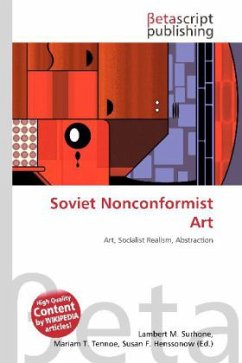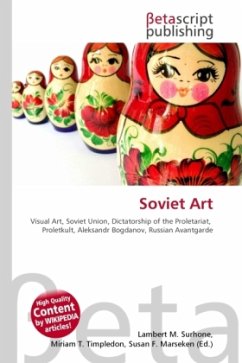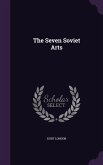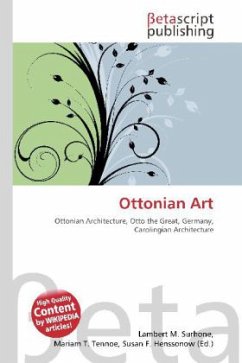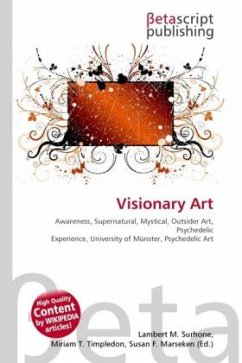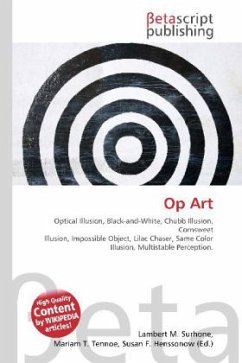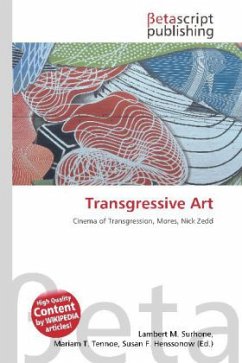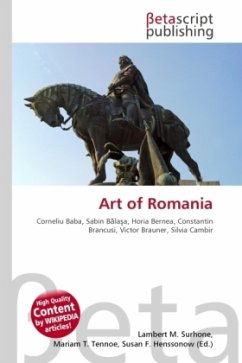Please note that the content of this book primarily consists of articles available from Wikipedia or other free sources online. The term Soviet Nonconformist Art refers to art produced in the former Soviet Union from 1953-1986 (after the death of Stalin until the advent of Perestroika and Glasnost) outside of the rubric of Socialist Realism. Other terms used to refer to this phenomenon are "unofficial art" or "underground art." From the time of the Bolshevik Revolution in 1917 until 1932, the historical Russian avant-garde flourished and strived to appeal to the proletariat. However, in 1932 Stalin''s government took control of the arts with the publication of "On the Reconstruction of Literary-Artistic Organizations"; a decree that put artists'' unions under the control of the Communist Party. Two years later, Stalin instituted a policy that unified aesthetic and ideological objectives, which was called Socialist Realism, broadly defined as art that was, "socialist in content and realist in form." Moreover, the new policy defined four categories of unacceptable art: political art, religious art, erotic art, and "formalistic" art, which included abstraction, expressionism, and conceptual art.
Bitte wählen Sie Ihr Anliegen aus.
Rechnungen
Retourenschein anfordern
Bestellstatus
Storno

